Here is starting example I'm trying to modify:
library(reshape2)
data <- mtcars[, c(1,3,4,5,6,7)]
cormat <- round(cor(data),2)
melted_cormat <- melt(cormat, na.rm = TRUE)
ggplot(
data = melted_cormat,
aes(Var1, Var2, fill=value)
) +
geom_tile() +
geom_text(
aes(Var2, Var1, label = value)
) +
scale_fill_gradient2(
low = 'red',
high = 'blue',
mid = 'white',
midpoint = 0, # <-- look at this
limit = c(-1, 1)
)
This code creates a plot:
But when I change the only midpoint to midpoint = -0.5 plot looks like:
In my opinion, the output is not correct since I clearly stated low = 'red' and in the plot the lowest value color is between red and white.
I'm looking for a solution how to maintain midpoint = -0.5 and a full gradient from -1 (red) to -0.5 (white).


